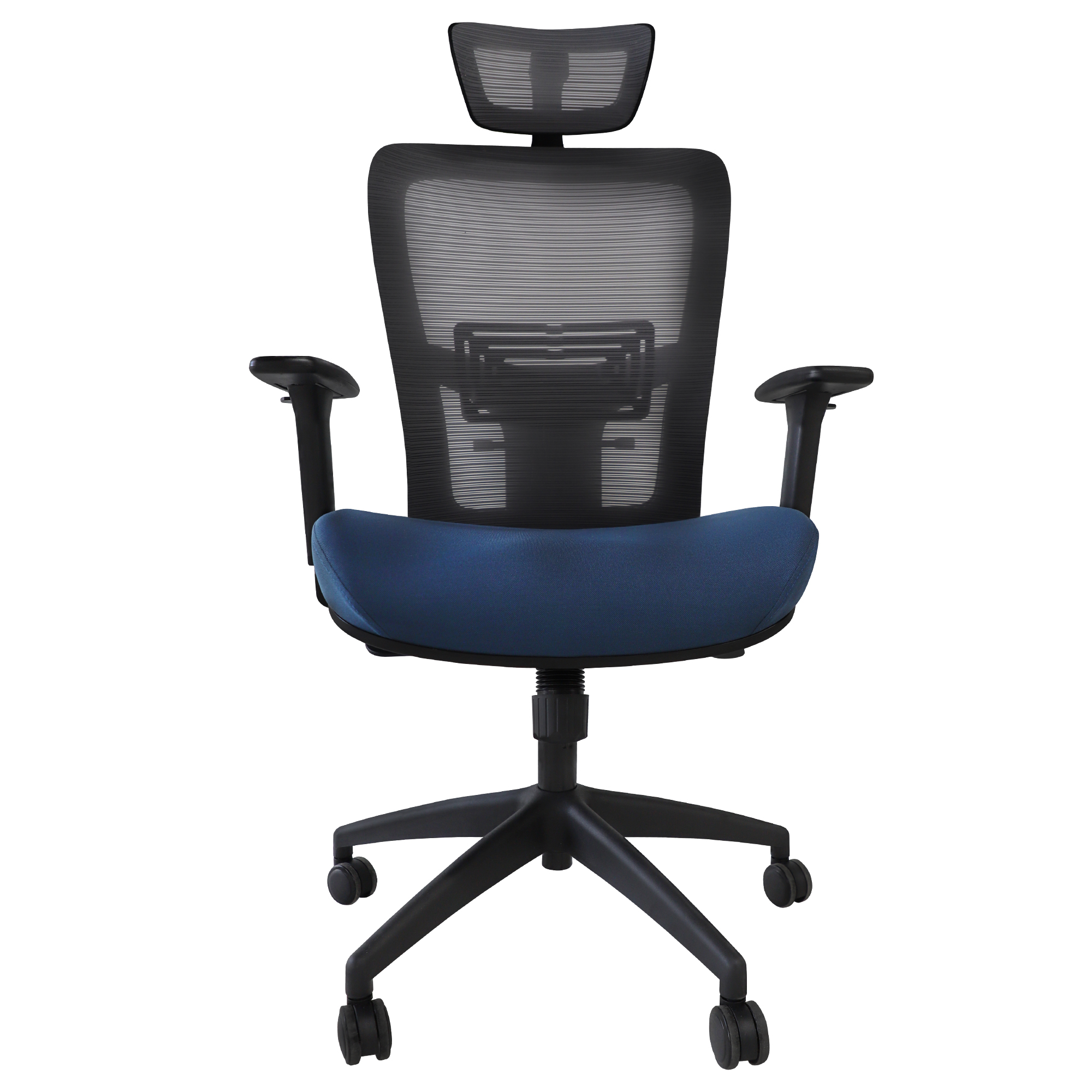Best Ergonomic Office Chairs for Short Individuals to Enhance Comfort and Productivity
Finding the Perfect Ergonomic Office Chair for Short People
In today's work environment, comfort and health have taken center stage, especially as many of us spend hours sitting at our desks. A key component of a healthy workspace is the office chair, and for short individuals, finding the right ergonomic office chair can be challenging. The importance of proper ergonomics cannot be overstated; an appropriately designed office chair can significantly improve posture, reduce discomfort, and enhance overall productivity. This article will explore the unique needs of shorter individuals when selecting an ergonomic office chair and provide tips on making the best choice.
Understanding Ergonomics
Ergonomics is the science of designing and arranging things so that people can use them easily and safely. An ergonomic office chair is designed to support the natural posture of the user and reduce the risk of musculoskeletal injuries. For shorter individuals, standard office chairs may not provide the necessary support, often resulting in poor posture, strain on the back, and discomfort.
Key Features to Look For
1. Adjustable Seat Height One of the most critical features for shorter individuals is an adjustable seat height. The seat should allow the user to adjust it so their feet can rest flat on the floor, with knees at a 90-degree angle. Look for chairs with a height range that accommodates shorter legs, as many office chairs do not go low enough.
2. Seat Depth Adjustment Seat depth is another vital factor. A seat that is too deep can cause the user to slide forward, putting pressure on the knees and reducing blood circulation. Some ergonomic chairs come with adjustable seat depth, allowing shorter people to sit comfortably without losing support from the backrest.
3. Lumbar Support Proper lumbar support is essential for maintaining the natural curve of the lower back. For shorter individuals, lumbar support should ideally align with the spine's natural curve. Look for chairs with adjustable lumbar support, ensuring the cushion can be positioned to fit lower backs effectively.
4. Armrest Height Armrests that are too high can lead to shoulder strain, while those that are too low may not provide adequate support. Adjustable armrests are crucial for shorter people, allowing them to find a height that ensures their arms rest comfortably and hips remain open.
laining ergonomic office chair short person

5. Backrest Height The height of the backrest should also be considered. A high backrest may be unnecessary or uncomfortable for short individuals, so look for chairs that offer an adjustable backrest or one that is designed to stop at a comfortable height for shorter users.
Additional Considerations
Apart from the main features, consider the material and padding of the chair. Breathable fabrics can enhance comfort for extended use, while sufficient padding is essential for long hours of sitting. Test the chair to ensure that it feels comfortable and supportive.
Another aspect to consider is the base of the chair. A stable five-point base will offer better stability, making it safer for shorter individuals who may find it easier to tip over in a wobbly chair.
Trying Before You Buy
If possible, always try the chair before making a purchase. Spend some time sitting in the chair to evaluate adjustments and comfort levels. Additionally, many stores have knowledgeable staff that can provide further information on the best options for shorter individuals.
Conclusion
Finding the right ergonomic office chair is crucial for short individuals in achieving a healthier and more comfortable working environment. With proper chair features, including adjustable height and lumbar support, shorter individuals can maintain good posture and reduce discomfort during long work hours. Remember, investing in an ergonomic chair is investing in your health and productivity, so take your time to find one that fits your unique needs. With the right chair, you can transform your workspace into a haven of comfort and efficiency.
share:
-
Multi Colored Modular SofasNewsJul.07,2025
-
Enhance Seating Experience with Chair AccessoriesNewsJul.07,2025
-
Enhance Four Legged Chairs with WheelsNewsJul.07,2025
-
Elevate Your Workspace with Luxurious Boss ChairsNewsJul.07,2025
-
Discover Comfort of Compression SofaNewsJul.07,2025
-
Training Chairs Aim To Provide A Fully Functional And Flexible Workspace For Various Training, Educational, Or Collaborative ActivitiesNewsJun.06,2025
-
The Big Boss Office Chair Aims To Provide Comfort And Support For Individuals In Management Or Leadership PositionsNewsJun.06,2025









